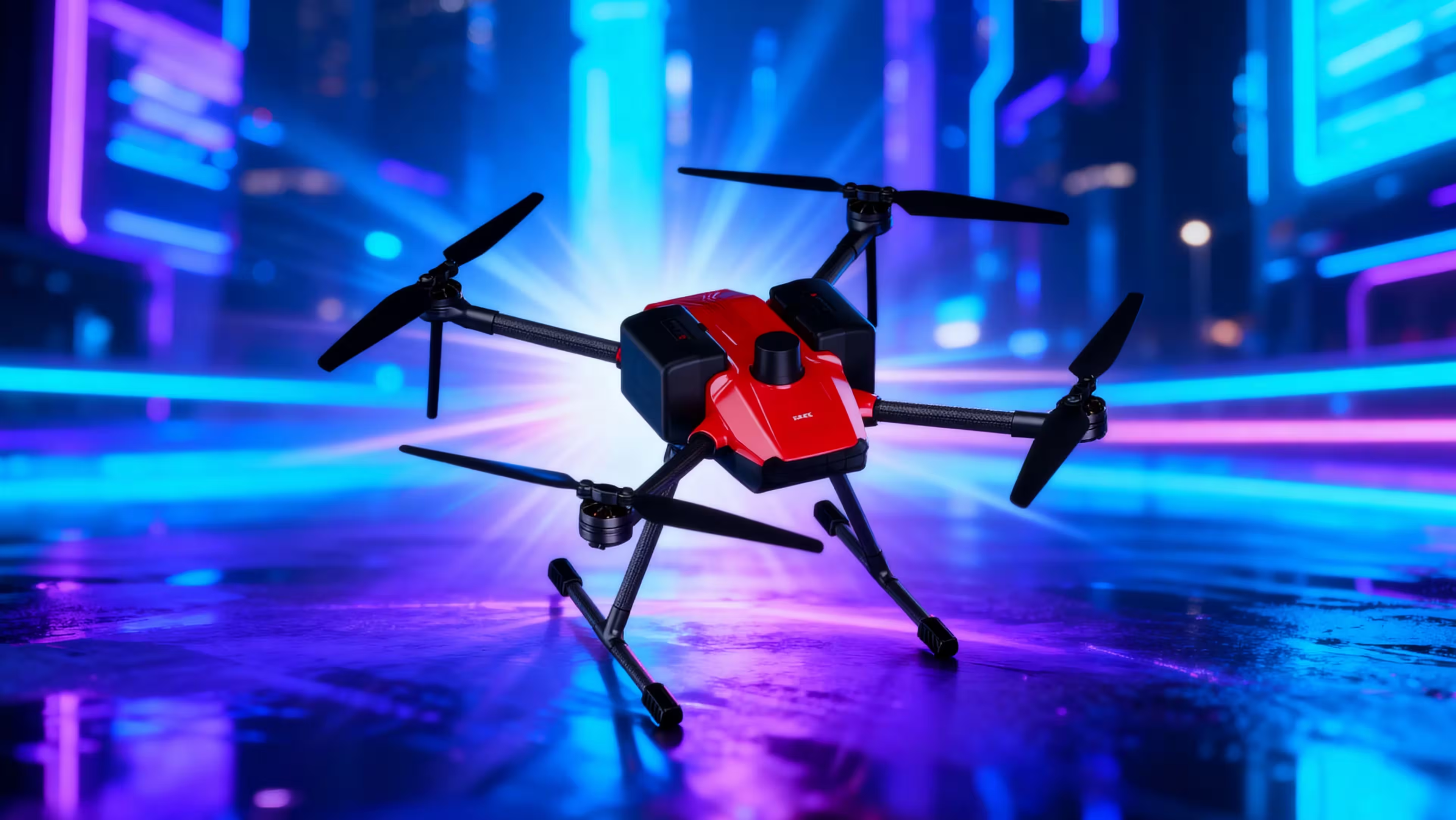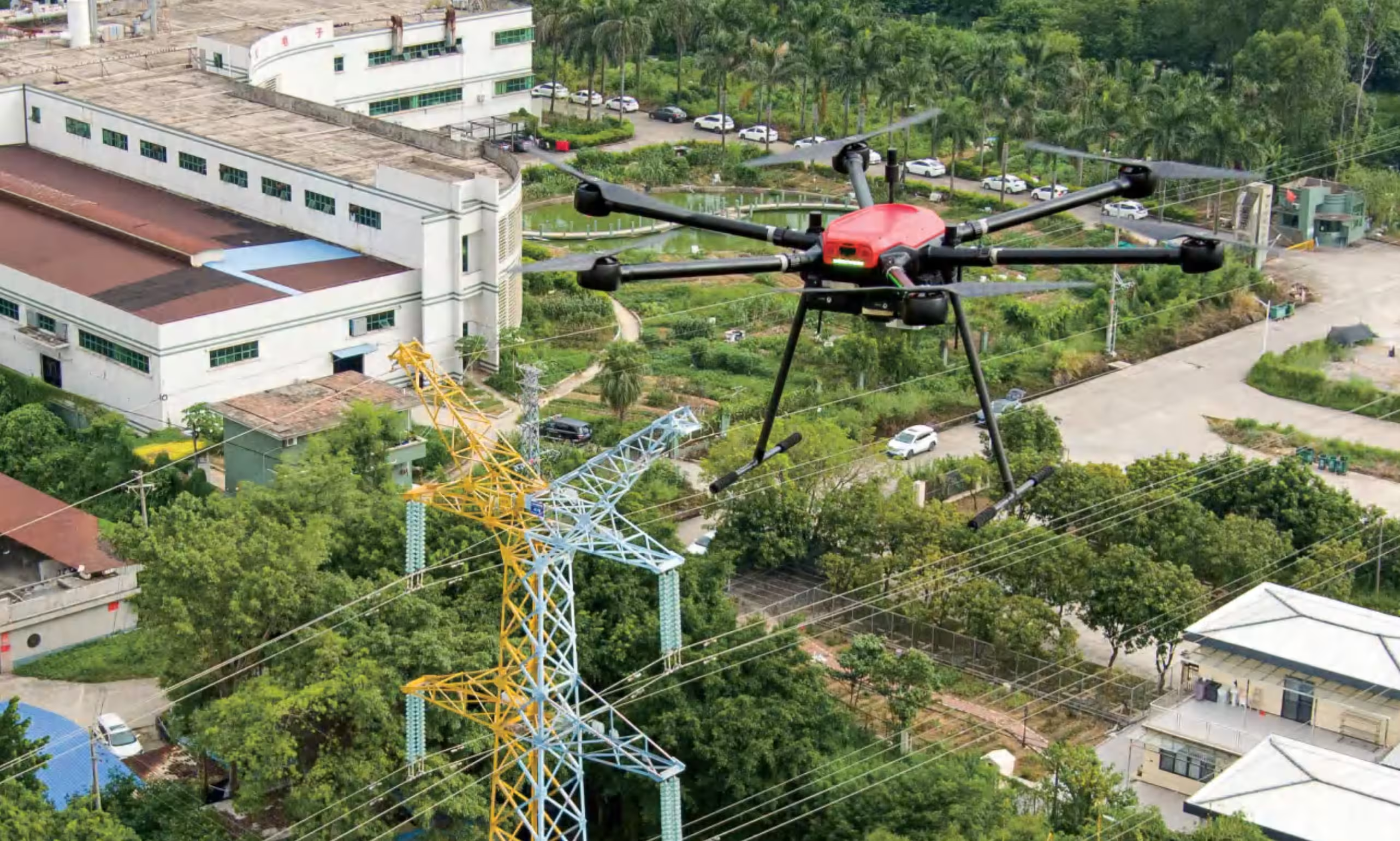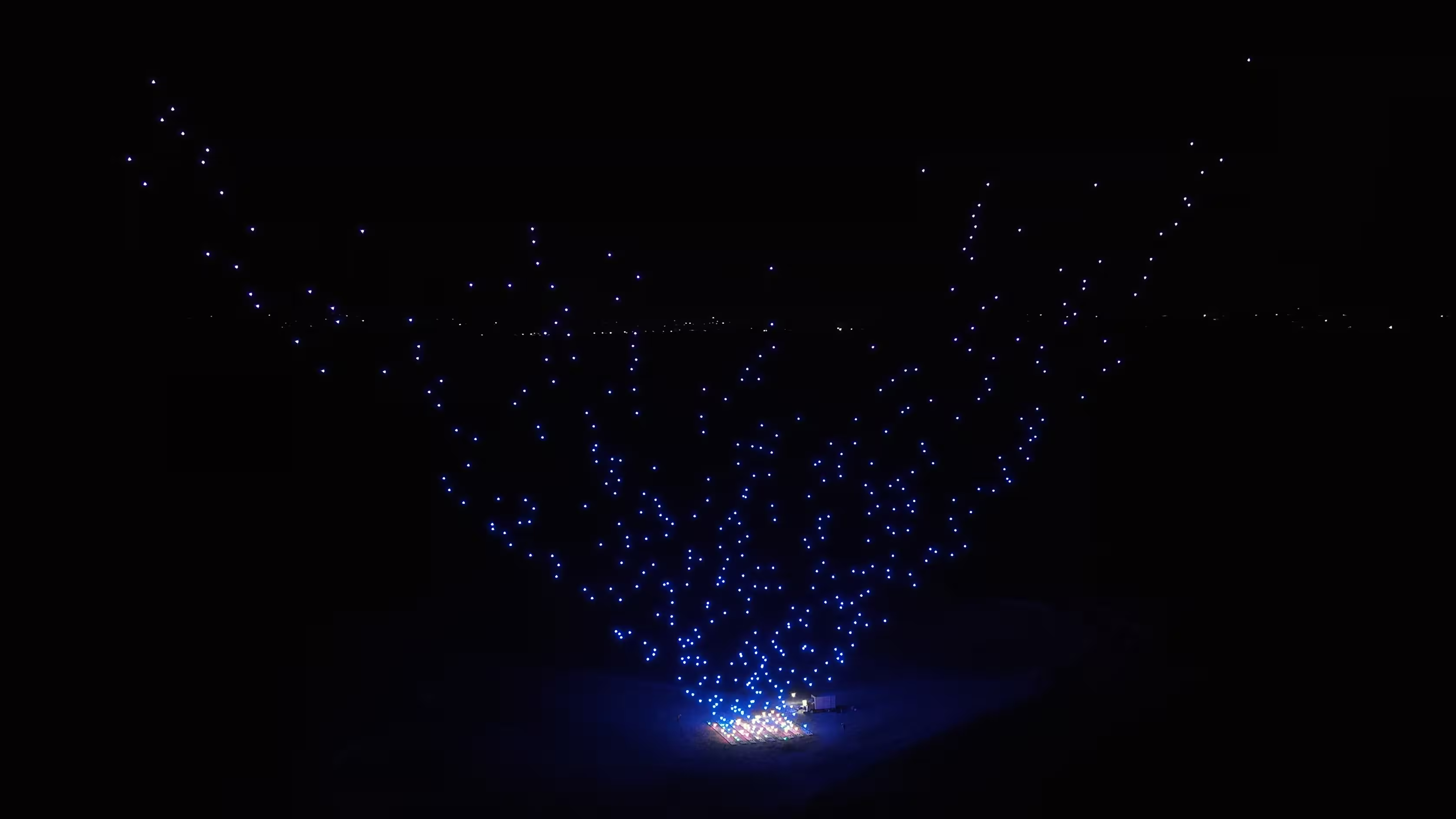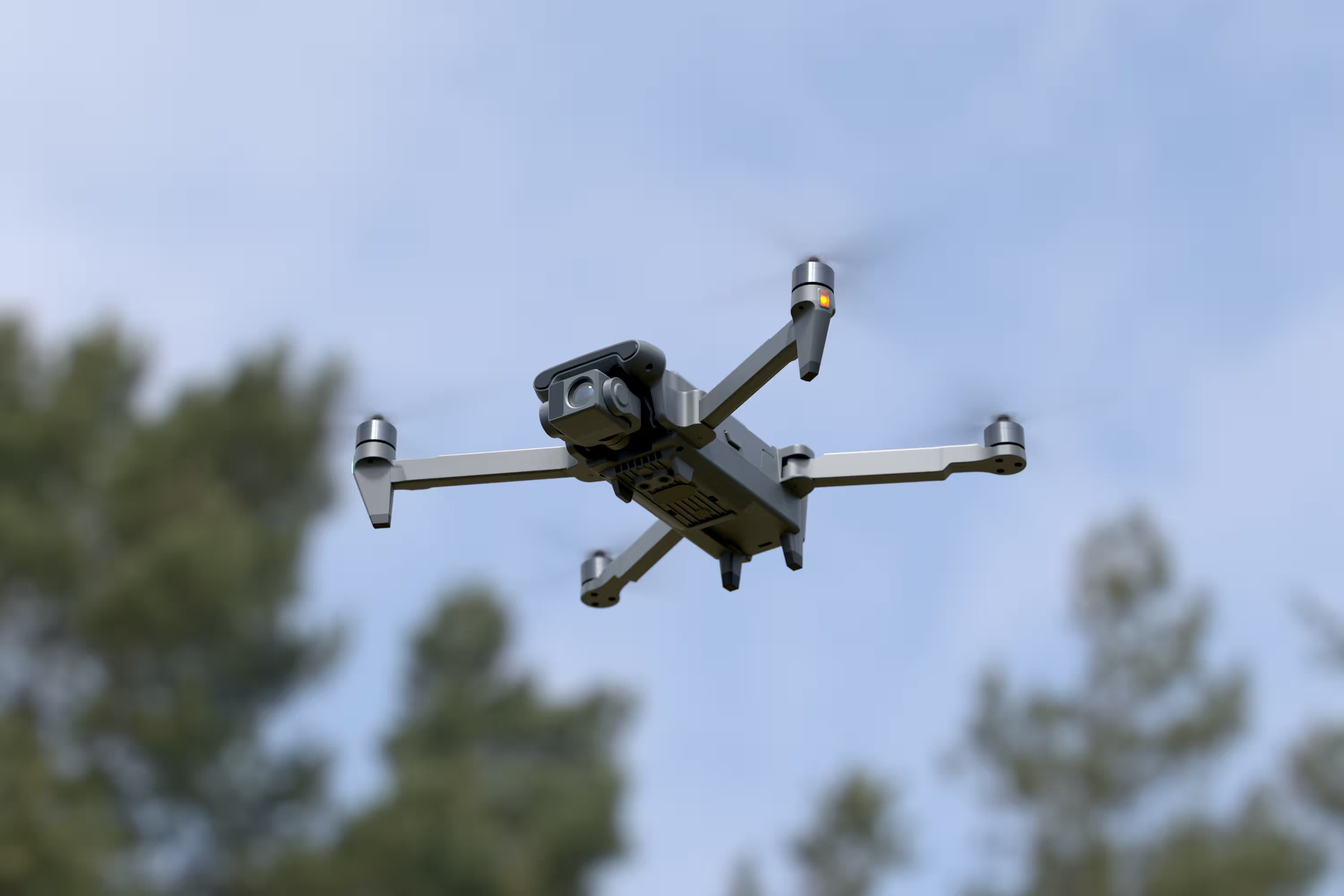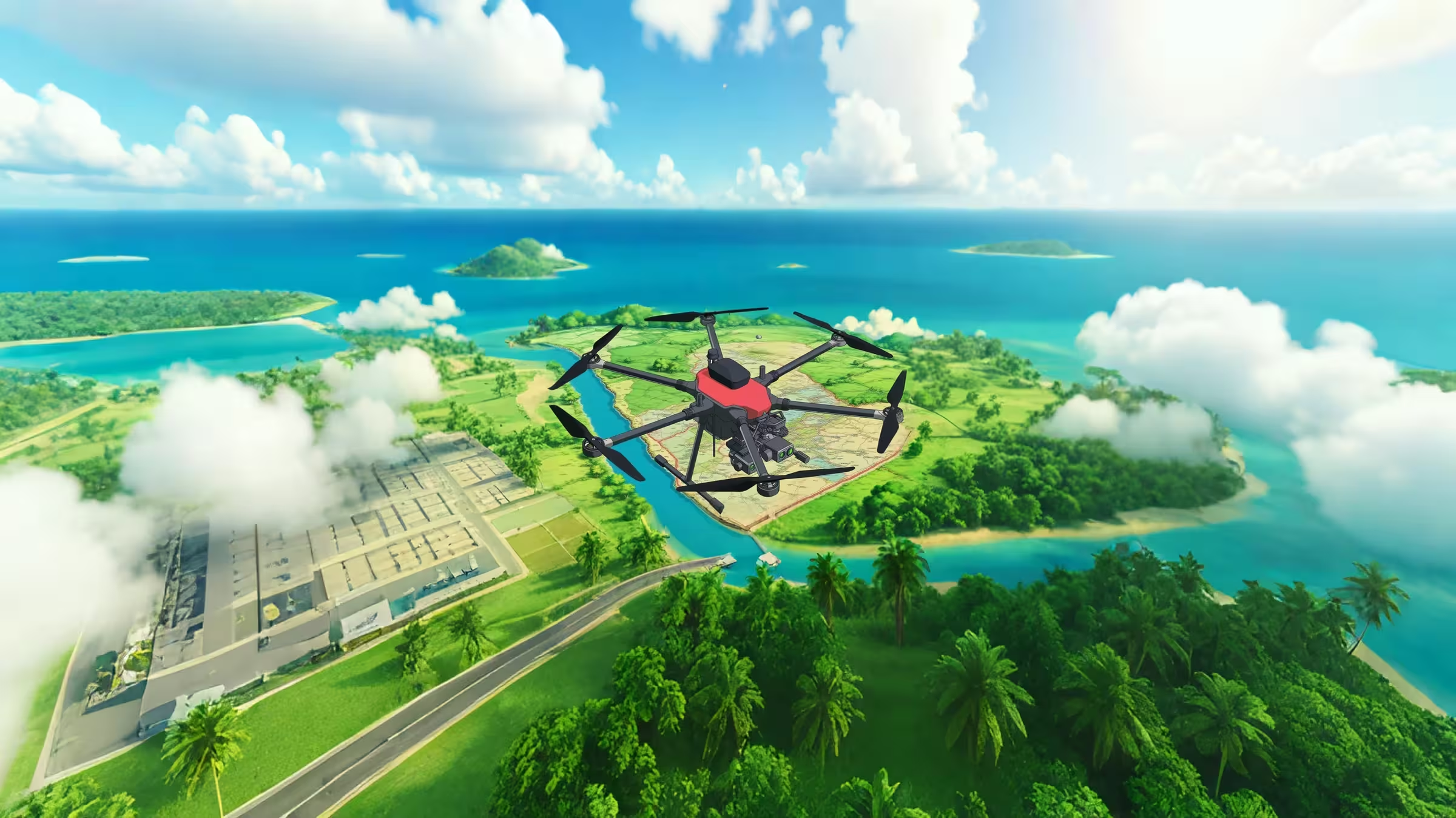Introduction
The commercial unmanned aerial vehicle (UAV) market has undergone rapid evolution in recent years. What once began as lightweight drones for aerial photography has now expanded into complex platforms capable of heavy payload transportation, industrial inspections, communication relay, and emergency logistics. Among these, the need for heavy-lift, long-endurance, and versatile UAVs is more pressing than ever.
The MMC M11, a fully electric vertical take-off and landing (VTOL) fixed-wing UAV, stands out as a next-generation solution designed to meet these demands. With a maximum payload capacity of 15 kilograms, up to 150 minutes of endurance, dual-boom tail design, and rapid tool-free assembly, the MMC M11 redefines what is possible in commercial drone applications.
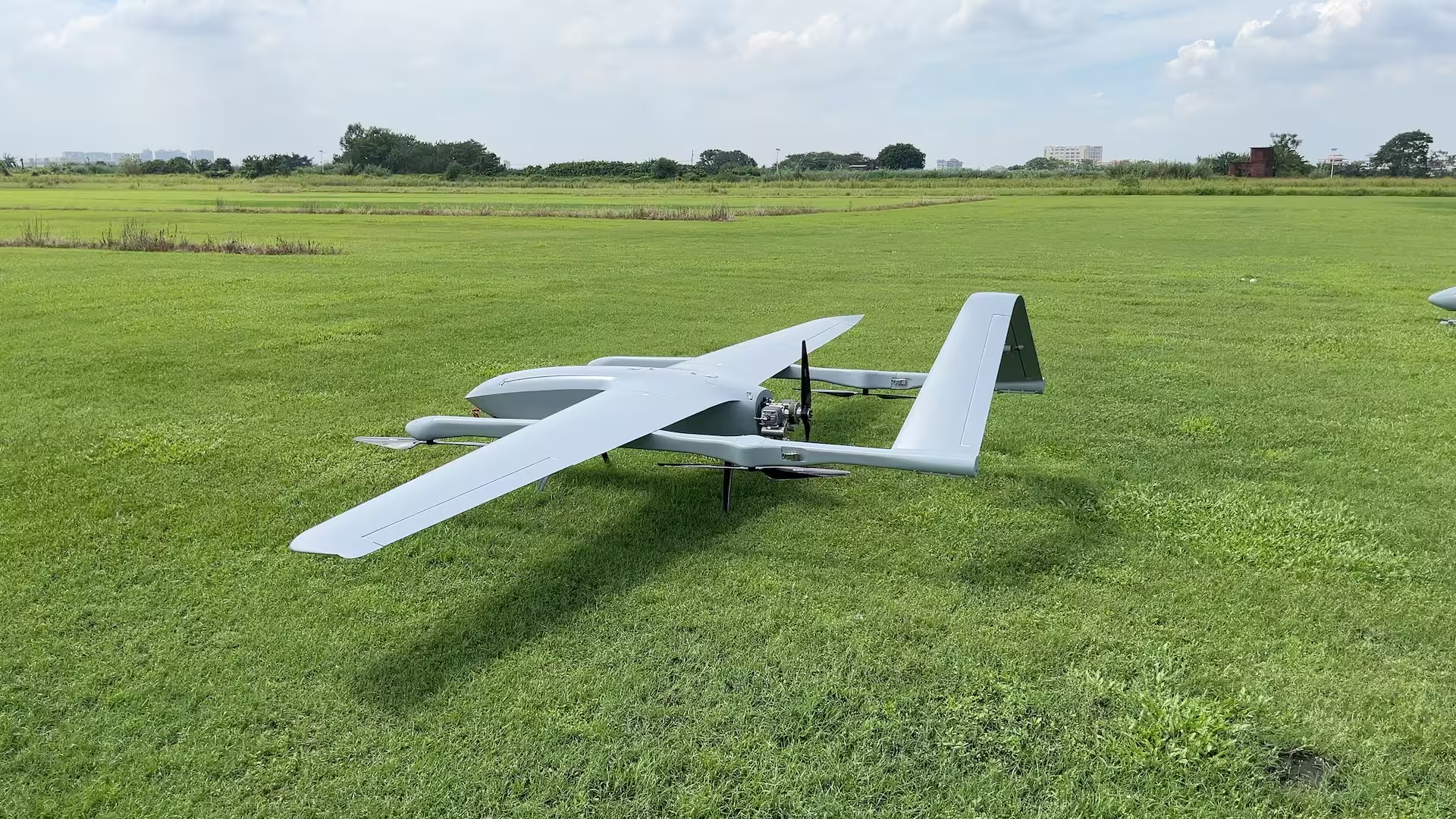
This article provides an in-depth exploration of the business applications of the MMC M11, analyzing how its design, performance, and unique features address critical challenges in industries such as infrastructure inspection, communications, logistics, public safety, and environmental monitoring.
Market Context: The Need for Heavy-Lift VTOL UAVs
Expanding Commercial Drone Roles
Globally, the UAV market is shifting from recreational and light commercial use to industrial-grade deployments. Companies are no longer satisfied with short-range, low-capacity drones. Instead, they require platforms that can:
- Carry larger and more complex sensors for advanced inspections.
- Deliver essential supplies over long distances.
- Provide reliable communication networks in areas lacking infrastructure.
- Operate in challenging environments with wind, altitude, and temperature extremes.
Key Challenges in the Market
- Payload Limitations: Many commercial UAVs cannot support heavy sensors such as LiDAR or multi-sensor gimbals.
- Endurance Restrictions: Multirotor drones typically operate for less than 40 minutes, limiting their economic feasibility.
- Deployment Delays: Some platforms require extensive setup and runways, reducing responsiveness.
- Data Security Risks: With increasing reliance on UAVs for sensitive tasks, secure communication is critical.
The MMC M11 directly addresses these issues by combining the vertical takeoff convenience of multirotors with the long endurance of fixed-wing platforms, while offering industrial-grade payload and communication systems.
Technical Overview of MMC M11
Before analyzing the business applications, it is important to understand the technical foundation that makes the M11 unique.
- Type: VTOL fixed-wing with dual-boom tail design.
- Material: Composite structure for strength and lightweight performance.
- Dimensions: Wingspan 4,962 mm × Length 2,608 mm × Height 952 mm.
- Weight: 29.5 kg (without battery/payload); maximum takeoff weight ~50 kg.
- Payload: Up to 15 kg.
- Endurance:
- 150 minutes (no payload)
- 135 minutes (3 kg payload)
- 125 minutes (5 kg payload)
- 105 minutes (10 kg payload)
- 90 minutes (15 kg payload)
- Flight Performance:
- Cruise speed: 25 m/s
- Max speed: 35–40 m/s
- Max altitude: 4,500 m
- Wind resistance: Level 7 in fixed-wing mode
- Communication & Navigation:
- Transmission frequency: 1.4 GHz & 450 MHz
- Encryption: AES128
- Transmission range: 80 km
- Autonomous takeoff and landing, waypoint navigation, obstacle avoidance
- Environmental Capability:
- Operating temperature: -20°C to +60°C
- Humidity: 10–90% non-condensing
- Protection level: IP54
With these specifications, the M11 achieves a rare balance of heavy lift, long flight time, robustness, and adaptability, making it highly suitable for demanding commercial missions.
Key Features that Enable Business Applications
1. Heavy Payload Capacity
The ability to carry up to 15 kg significantly expands its range of applications. This supports professional payloads including:
- EO/IR gimbals (single, dual, or triple sensors).
- LiDAR scanners for terrain mapping.
- Multispectral and hyperspectral sensors for agriculture and forestry.
- Communication relay modules.
- Logistics payloads such as medical kits, tools, or spare parts.
2. Long Endurance
With up to 150 minutes of flight time, the M11 surpasses typical UAV platforms, enabling operations over large-scale infrastructure networks, long-distance logistics routes, or wide agricultural areas.
3. Rapid Deployment
The tool-free, quick-detach modular design allows a single operator to assemble and deploy the UAV in less than 3 minutes. This is crucial for emergency scenarios such as disaster relief or urgent logistics.
4. Dual-Boom Tail Stability
The dual-tail boom design not only enhances aerodynamic stability but also improves handling under heavy payloads, ensuring safe and precise operations.
5. Secure Long-Range Communication
With an 80 km encrypted transmission range (AES128), the M11 guarantees reliable data transfer, critical for sensitive industrial and governmental operations.
6. All-Terrain Adaptability
Operating in temperatures from -20°C to +60°C, resisting wind speeds up to Level 7, and functioning up to 4,500 meters altitude, the M11 is suited for mountains, deserts, coastal zones, and dense urban environments.
Business Applications of MMC M11
1. Infrastructure Inspection
Power Grid and Energy
The M11’s long endurance and heavy payload capacity make it ideal for inspecting power transmission lines, wind farms, and solar plants. Traditional drones often require frequent landings and battery changes, but the M11 can cover hundreds of kilometers in a single mission. With advanced payloads like thermal cameras and LiDAR, it can detect faults, vegetation encroachment, and structural issues.
Transportation Infrastructure
Railways, highways, and bridges demand regular inspection. The M11 can carry high-resolution imaging systems and perform automated survey flights to detect cracks, corrosion, or wear, helping authorities reduce downtime and prevent accidents.
2. Communication Relay
In regions lacking network infrastructure or during natural disasters where towers are damaged, the M11 can act as a mobile airborne relay station. Its payload capacity supports large communication modules that can restore connectivity across dozens of kilometers, benefiting both civilian and emergency responders.
Case Example: In earthquake-stricken areas, UAVs like the M11 can be rapidly deployed to create temporary 4G/5G networks, enabling rescue teams to coordinate efficiently.
3. Cargo and Logistics
The M11’s 15 kg payload opens new opportunities in logistics and supply chain operations.
- Medical Delivery: Transporting vaccines, blood samples, or medical devices to remote or isolated areas.
- Industrial Parts Delivery: Supplying tools or replacement parts to offshore oil rigs, mines, or construction sites.
- E-commerce Logistics: Serving rural or hard-to-reach areas where traditional delivery is expensive or slow.
Its long endurance allows for point-to-point logistics missions up to 80 km away, with minimal need for infrastructure.
4. Public Safety and Emergency Response
The M11 can support law enforcement, firefighting, and search-and-rescue operations:
- Firefighting: Carrying thermal imaging sensors to locate hotspots and guide firefighting crews.
- Search-and-Rescue: Deploying EO/IR gimbals to detect missing persons in forests or mountains.
- Law Enforcement: Providing aerial surveillance during large events or border security operations.
The rapid deployment feature ensures that the M11 can be launched within minutes of an incident, offering real-time intelligence and logistics support.
5. Environmental Monitoring
Environmental agencies can use the M11 for forestry management, wildlife tracking, pollution monitoring, and coastal surveillance. Its heavy payload enables advanced sensors, while the long endurance ensures broad coverage.
Example Applications:
- Monitoring illegal logging or poaching in remote forests.
- Measuring air or water quality with dedicated sensors.
- Tracking changes in glaciers, wetlands, or coastal ecosystems.
6. Agriculture and Smart Farming
Precision agriculture requires large-area coverage and multi-sensor payloads. The M11 can carry multispectral sensors to assess crop health, irrigation levels, and soil conditions. By covering hundreds of hectares per flight, it reduces operational costs while improving agricultural productivity.
Comparative Advantage
Compared with traditional multirotor drones and even some hybrid UAVs, the MMC M11 offers:
- 5–10 times longer endurance than typical heavy-lift drones.
- Higher payload capacity than most VTOL UAVs in its weight class.
- Faster deployment than runway-dependent fixed-wing UAVs.
- Superior stability due to the dual-tail boom design.
- Secure and long-range communications, ensuring mission reliability.
Economic and Strategic Value
For businesses, the MMC M11 translates into:
- Lower operational costs: Fewer flights and less downtime.
- Greater mission efficiency: Covering larger areas in less time.
- Higher ROI: Capable of multi-role missions with modular payloads.
- Strategic resilience: Ensuring reliable operations even in harsh or disrupted environments.
Conclusion
The MMC M11 represents a new milestone in the commercial UAV sector. Its 15 kg payload capacity, 150-minute endurance, rapid tool-free deployment, and versatile dual-tail design unlock unprecedented possibilities for industries ranging from infrastructure and logistics to public safety and environmental monitoring.
As businesses and governments continue to integrate UAVs into critical operations, the MMC M11 offers a future-proof solution, blending performance, adaptability, and reliability. In doing so, it not only meets today’s challenges but also anticipates the expanding demands of tomorrow’s commercial UAV landscape.
